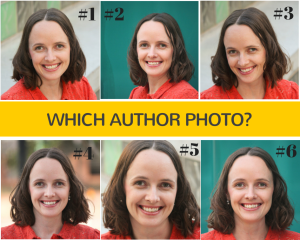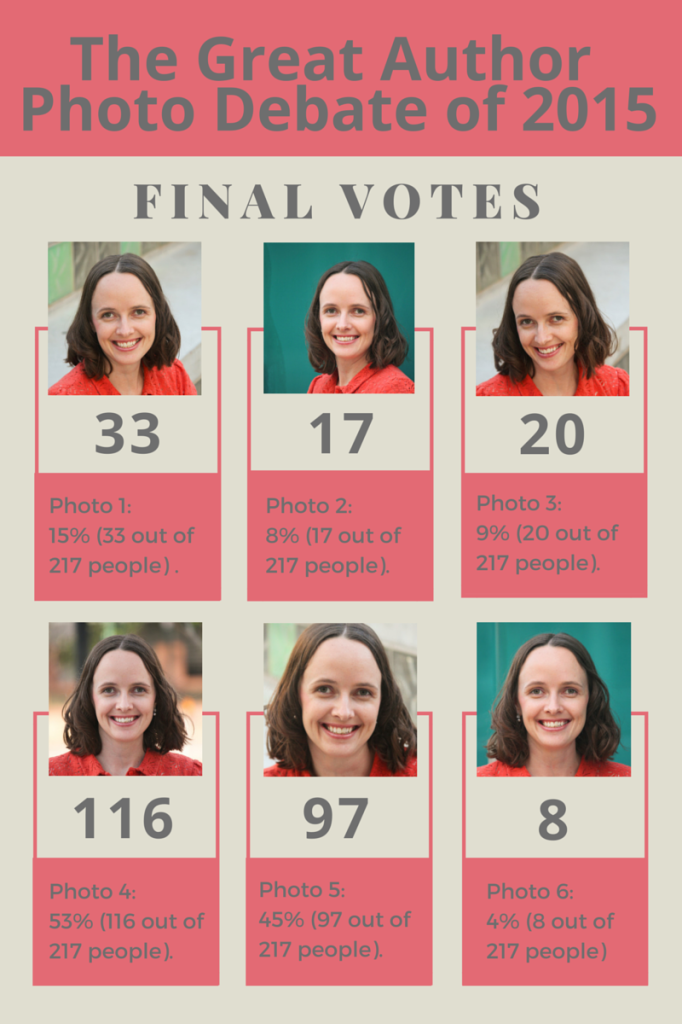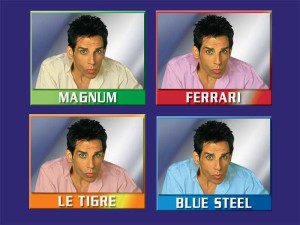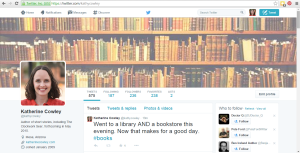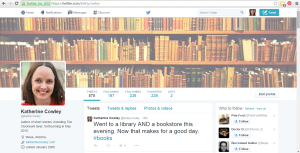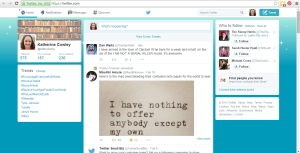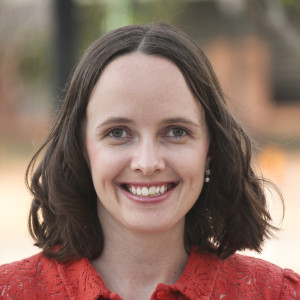I have a short story which will be published on the final day of the Meeting of the Myths contest, currently being held by the Mormon Lit Blitz, and as a result I’ve been thinking about the purpose of the contest. In the introductory essay to all the stories, Nicole and James Goldberg explain that a myth is “a story which humans use to make meaning out of existence.” These myths, whether fact or fiction, determine the way we see the world. The contest “asked writers to take some of the myths that fill their worlds and mix them together into new stories to give us new chances at insight.”
But can different myths be mixed? Is it healthy? Is it wise?
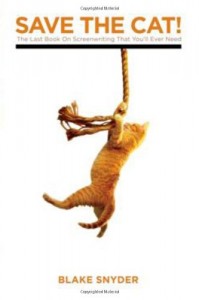 In Blake Snyder’s famous writing textbook Save the Cat, Blake Snyder criticizes M. Night Shyamalan’s film Signs for being guilty of what he calls Double Mumbo Jumbo.
In Blake Snyder’s famous writing textbook Save the Cat, Blake Snyder criticizes M. Night Shyamalan’s film Signs for being guilty of what he calls Double Mumbo Jumbo.
In M. Night Shyamalan’s Signs, we are asked to believe that aliens from outer space have invaded Earth. The movie is about Mel Gibson’s crisis of faith in God. Huh?! I’d say proof of an alien intelligence outside our solar system sorta trumps all discussion about faith in God, don’t you think? But M. asks us to juggle both. And it’s a mess. Well, God and aliens don’t mix. Why? Because it’s two sets of different kinds of magic. It’s Double Mumbo Jumbo.
Snyder summarizes:
Audiences will only accept one piece of magic per movie. It’s The Law. You cannot see aliens from outer space land in a UFO and then be bitten by a vampire and now be both aliens and undead.
I admit, an alien-vampire-zombie mix-up does sound like a bit too much for one story. They are each distinct beings–but even more, they each demand their own genre. A good alien movie or vampire movie or zombie movie can take chapters to set up the world building and the rules of the storytelling. And the Double Mumbo Jumbo that occurs when you put them together does seem well worth avoiding.
But back to Snyder’s example, Signs. I actually thoroughly enjoyed the movie. For me, God exists, so I don’t have to suspend any disbelief for that myth or mythos. And I believe aliens could theoretically exist, so the fact that a main character could have a faith crisis concurrently to fighting off aliens seems reasonable to me, and in fact the threat of the aliens helps the character through the faith crisis, and creates several beautiful moments of discovery for the reader.
Yet in other stories, having God and a magic system has created cognitive dissonance for me, and seems like it has a greater risk of damaging faith than promoting it. For example, there are stories all about God and the Easter Bunny, which weave them together for children. Well, the Easter Bunny is not real (sorry, folks) and yet if we connect the Easter Bunny and God, and one is false, couldn’t we just assume the other is a figment of the imagination as well?
From an LDS gospel standpoint, there is also the sense that we must leave our other idols, our other sources of meaning behind, and devote ourselves entirely to God. As it says in Matthew 6:24, “No man can serve two masters.” What then of the Meeting of the Myths contest? Wouldn’t it be better just to leave those other myths behind?
And yet we have other commandments as well. In Doctrine and Covenants 88:118 it says, “seek ye out of the best books words of wisdom.” The best books come from people all across the world and time, of all faiths. And in the Thirteenth Article of Faith we read, “If there is anything virtuous, lovely, or of good report or praiseworthy, we seek after these things.”
There is much that is virtuous and lovely and praiseworthy in popular music, in science fiction, in Hindu poetry, and in the traditions and mythologies of every nation and country. And we should not just tolerate these other perspectives and ideas: we should seek after them.
Perhaps there is a balance. Perhaps we can fix our hearts on God, knowing He is the source of all truth, while gaining knowledge and insight and understanding and beauty from a variety of sources.
I suspect, when I read the stories of the Meeting of the Myths contest, I will have some cognitive dissonance, where I find Double Mumbo Jumbo at play–and I suspect that will be intentional on the part of the writers. I’m sure that some myths will act as foils for each other, while others will complement, while others will build upon each other. The editors of the contest write: “If you join us this week, you will read about tribal shamans and world councils, about zombies and vampires and aliens, about the enchanted ones with the blessings and burdens they carry, about Mormon pioneers in 19th century America and modern Brazil.” If stories from previous Mormon Lit Blitz contests are any indication, I will laugh, I will cry, I will question, and ultimately I will leave the reading experience feeling a little stronger and a little more confident on my path back to God.
I hope that you visit the Mormon Lit Blitz and read each of the seven stories (including mine, “Daughter of a Boto”). Only then will you have a decisive answer on what happens when myths are mixed.
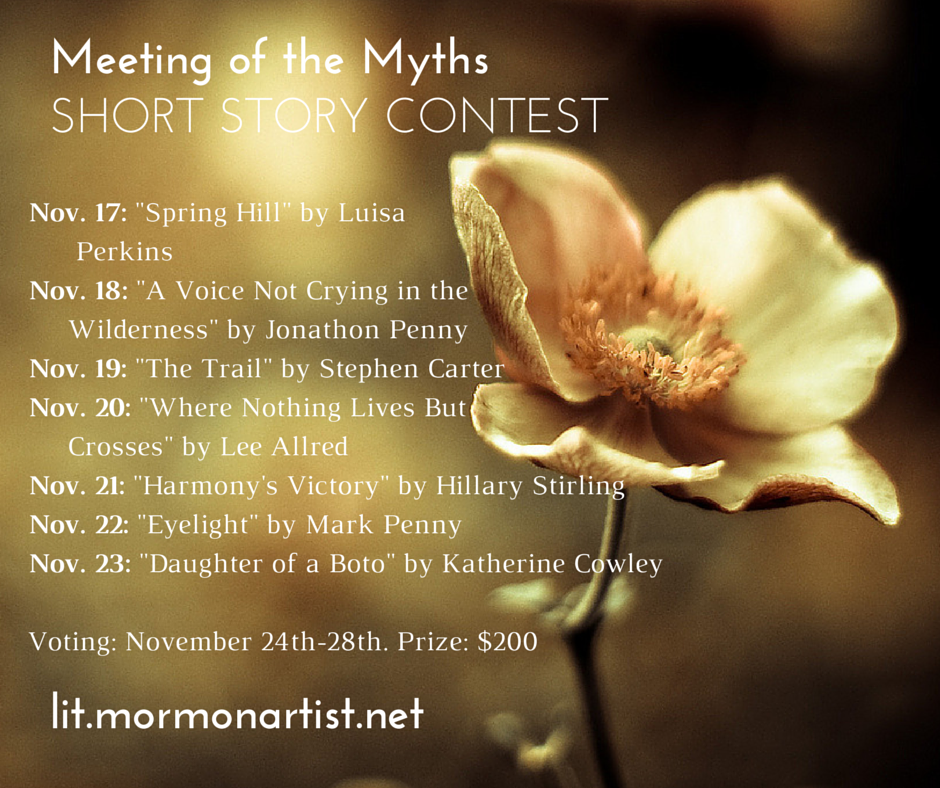 Original image by harold.lloyd, Creative Commons license, adapted by Katherine Cowley.
Original image by harold.lloyd, Creative Commons license, adapted by Katherine Cowley.

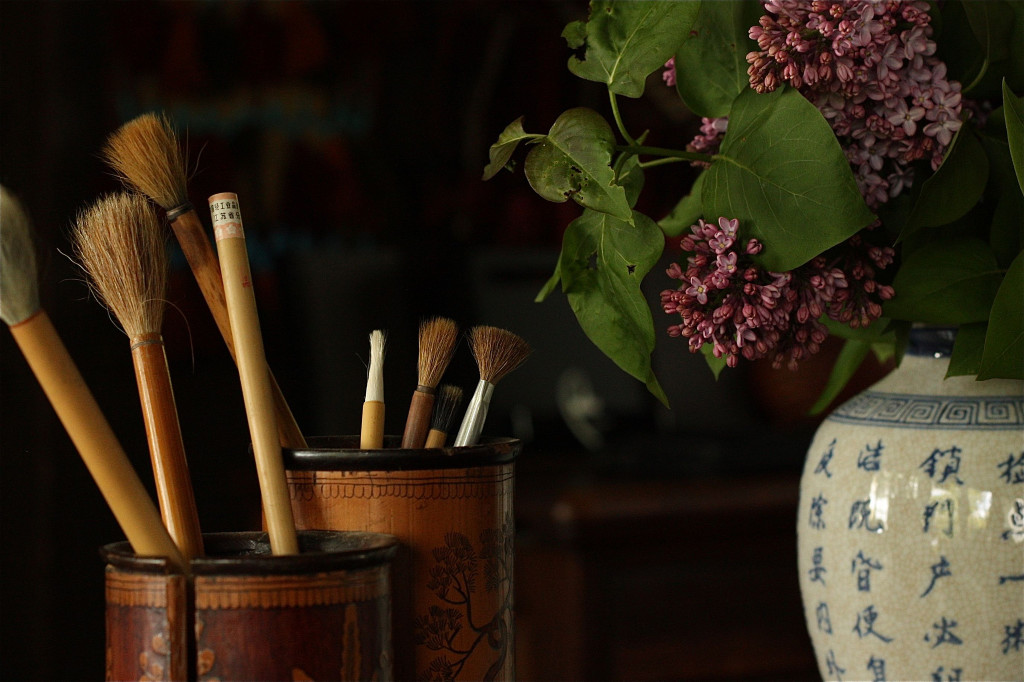
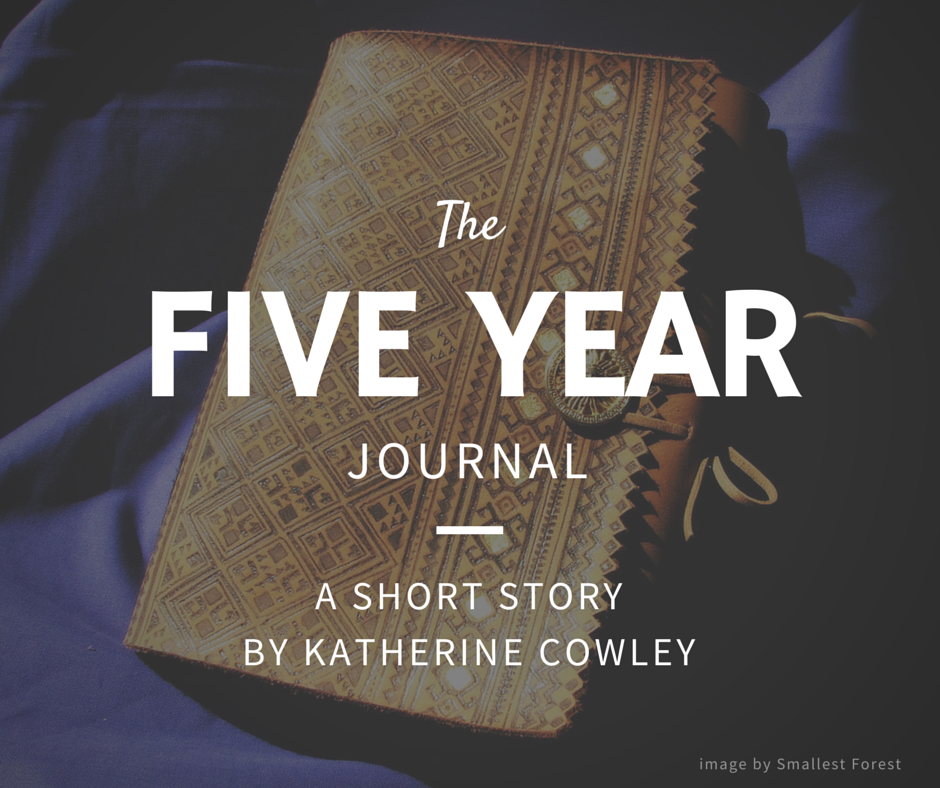
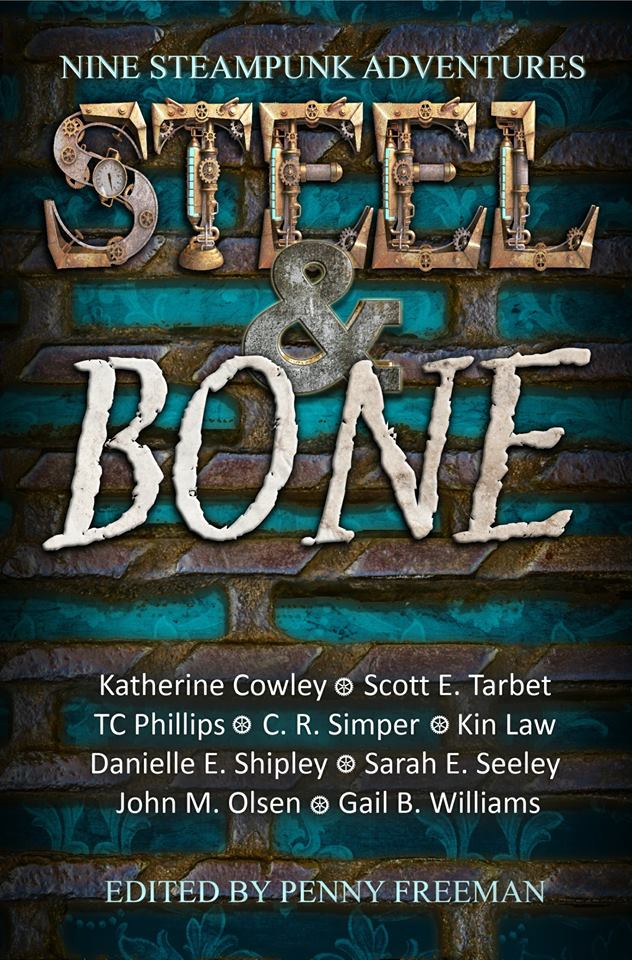
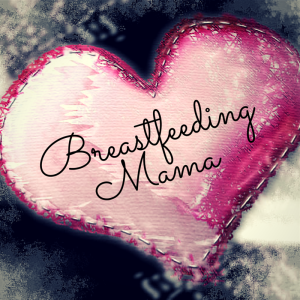
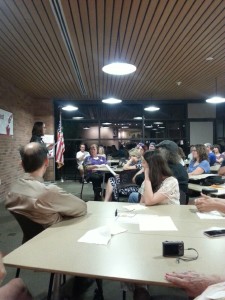 The Essay’s New Home:
The Essay’s New Home: